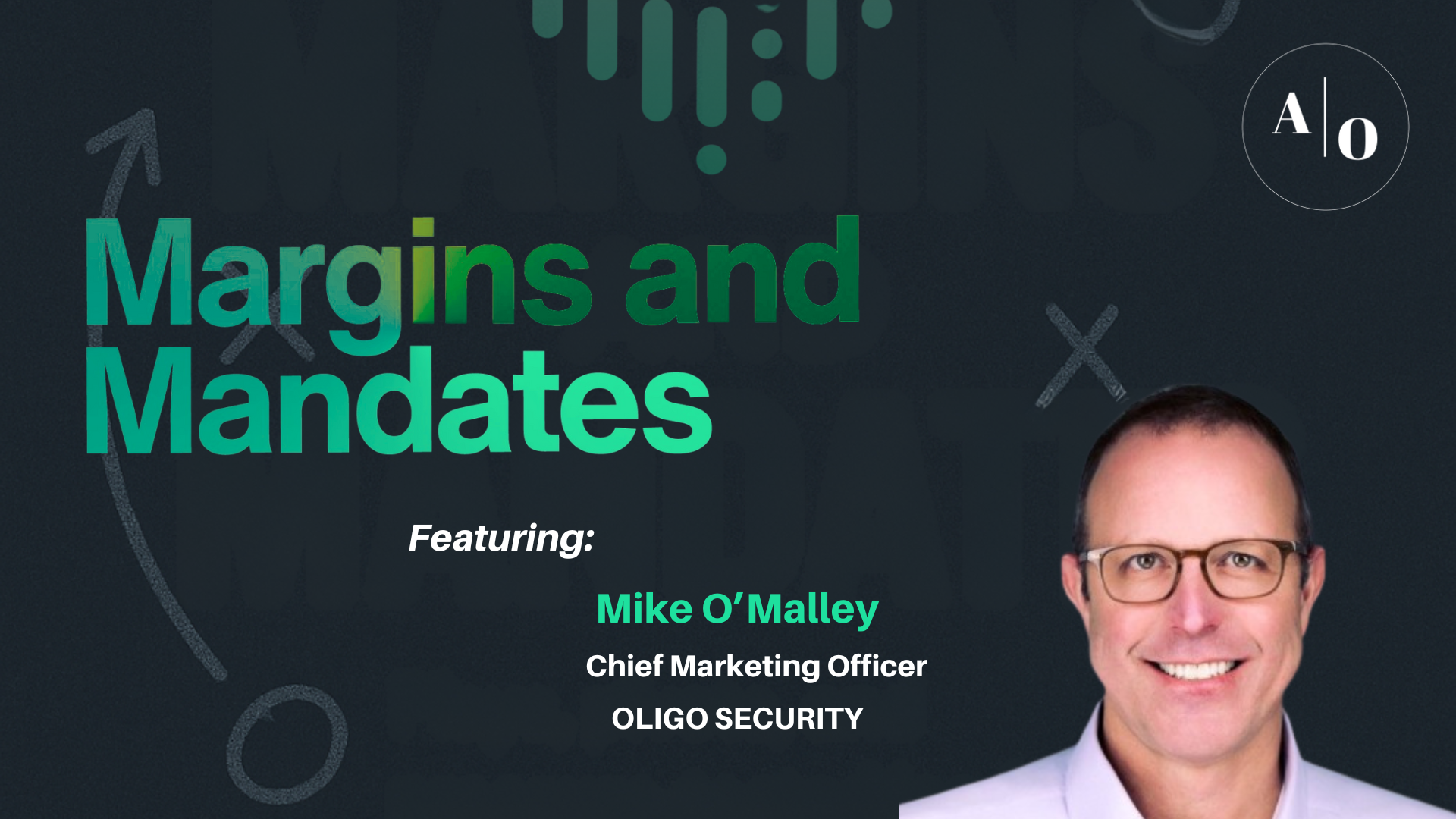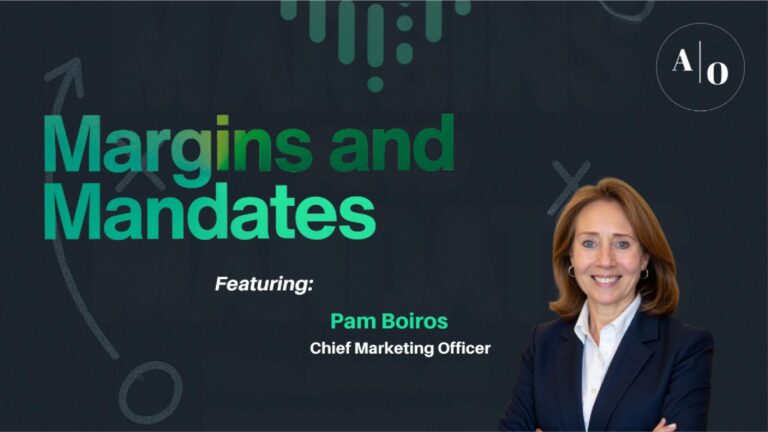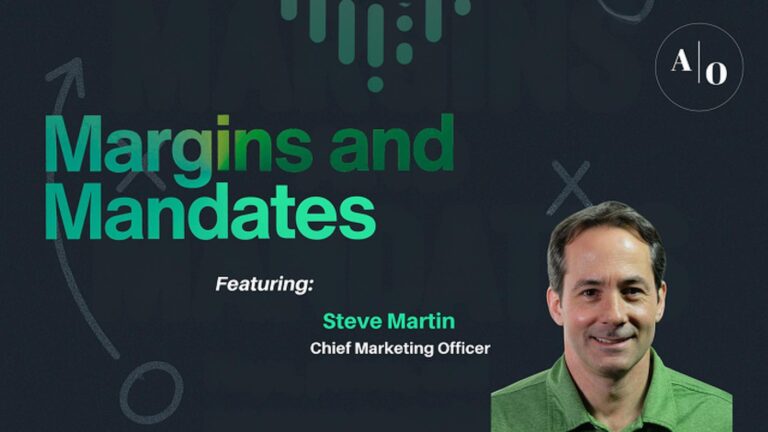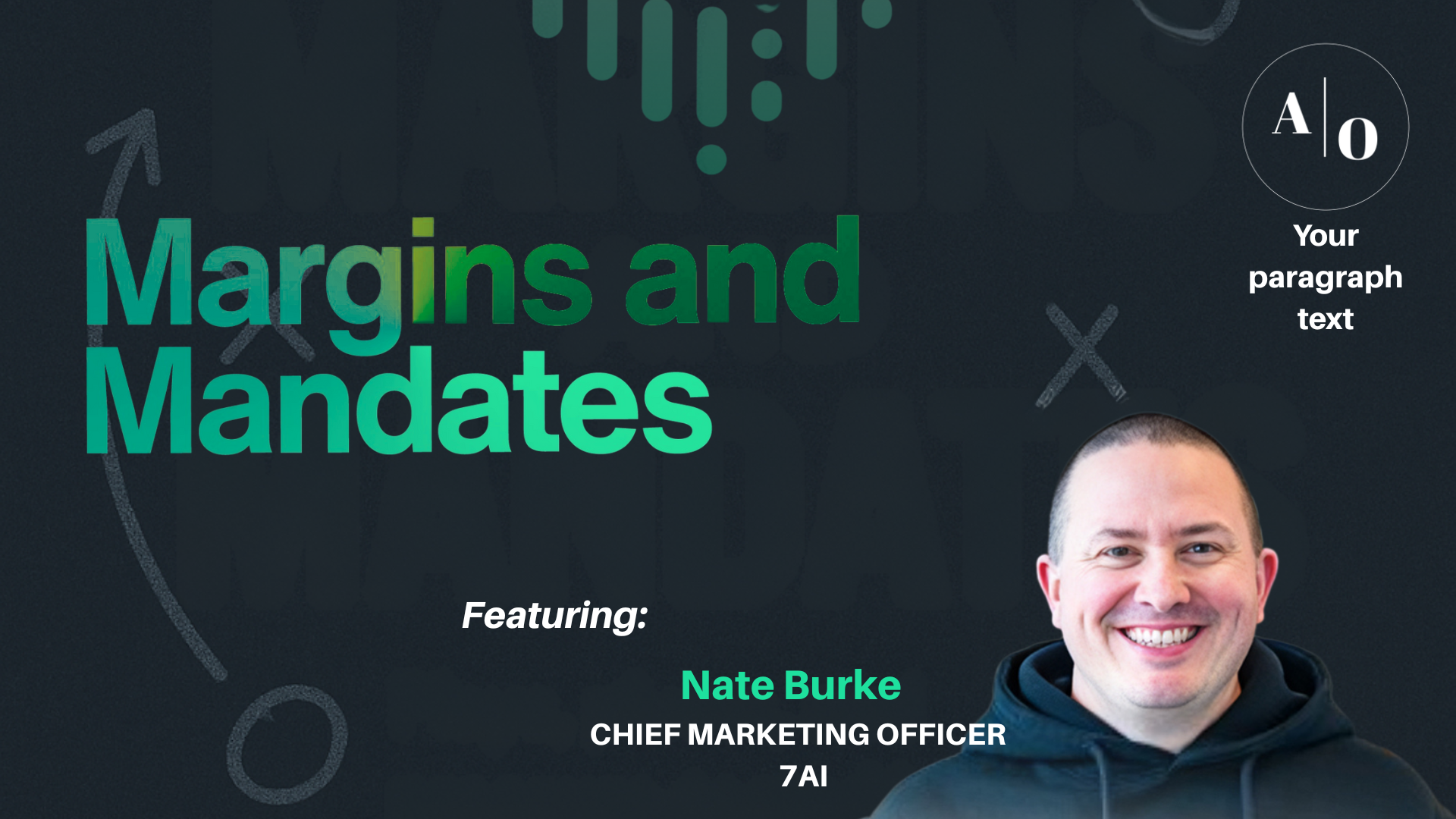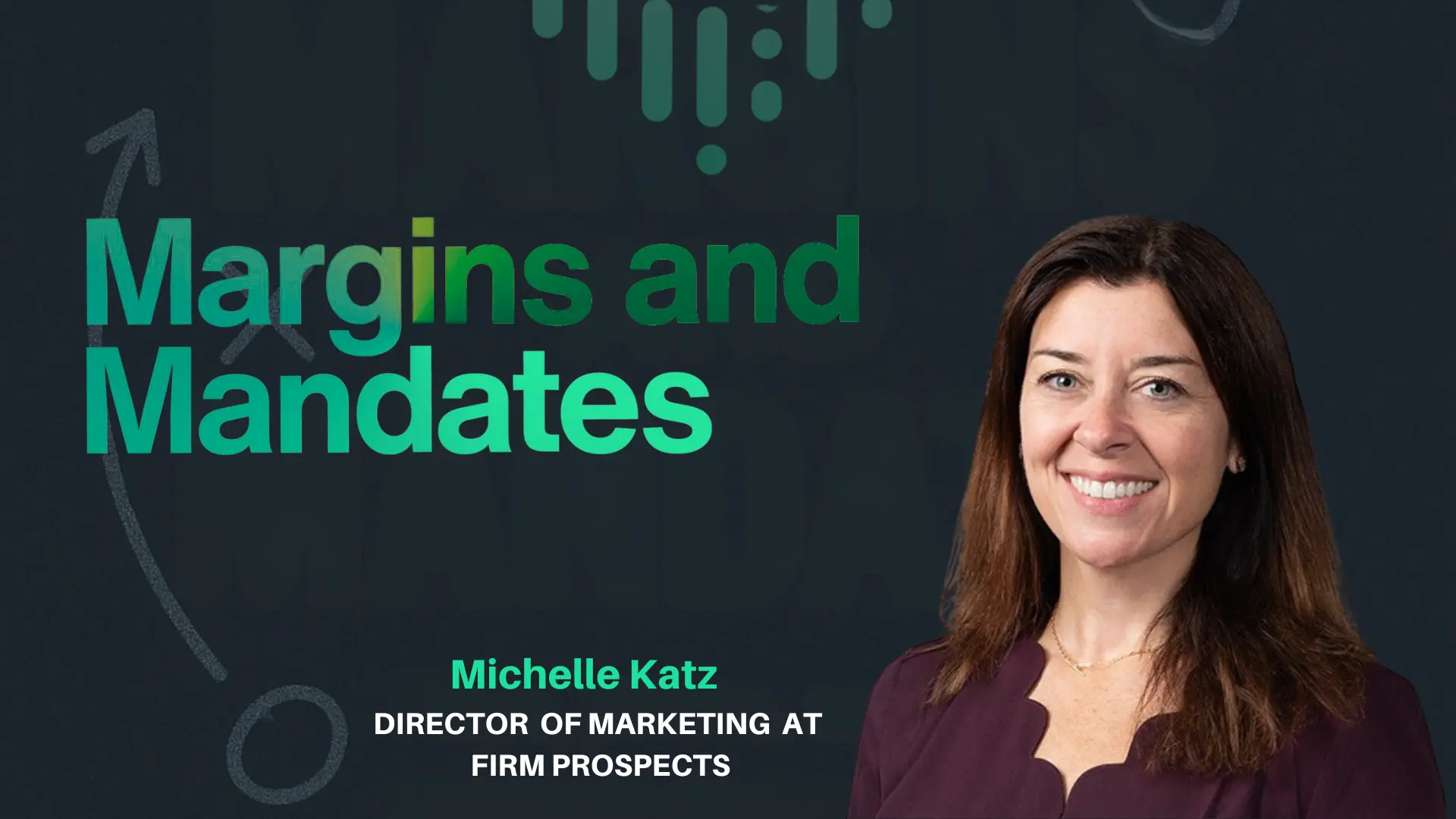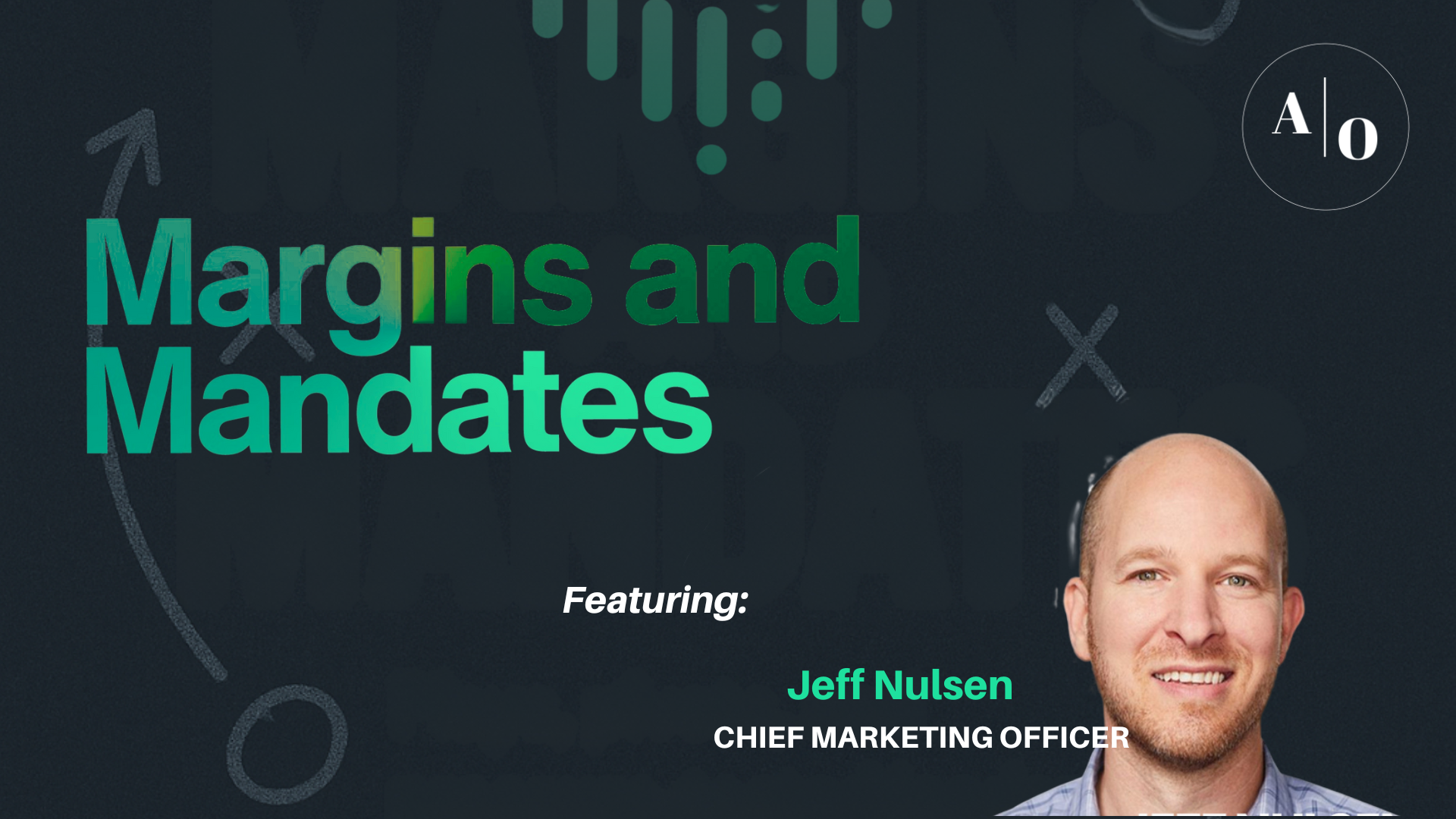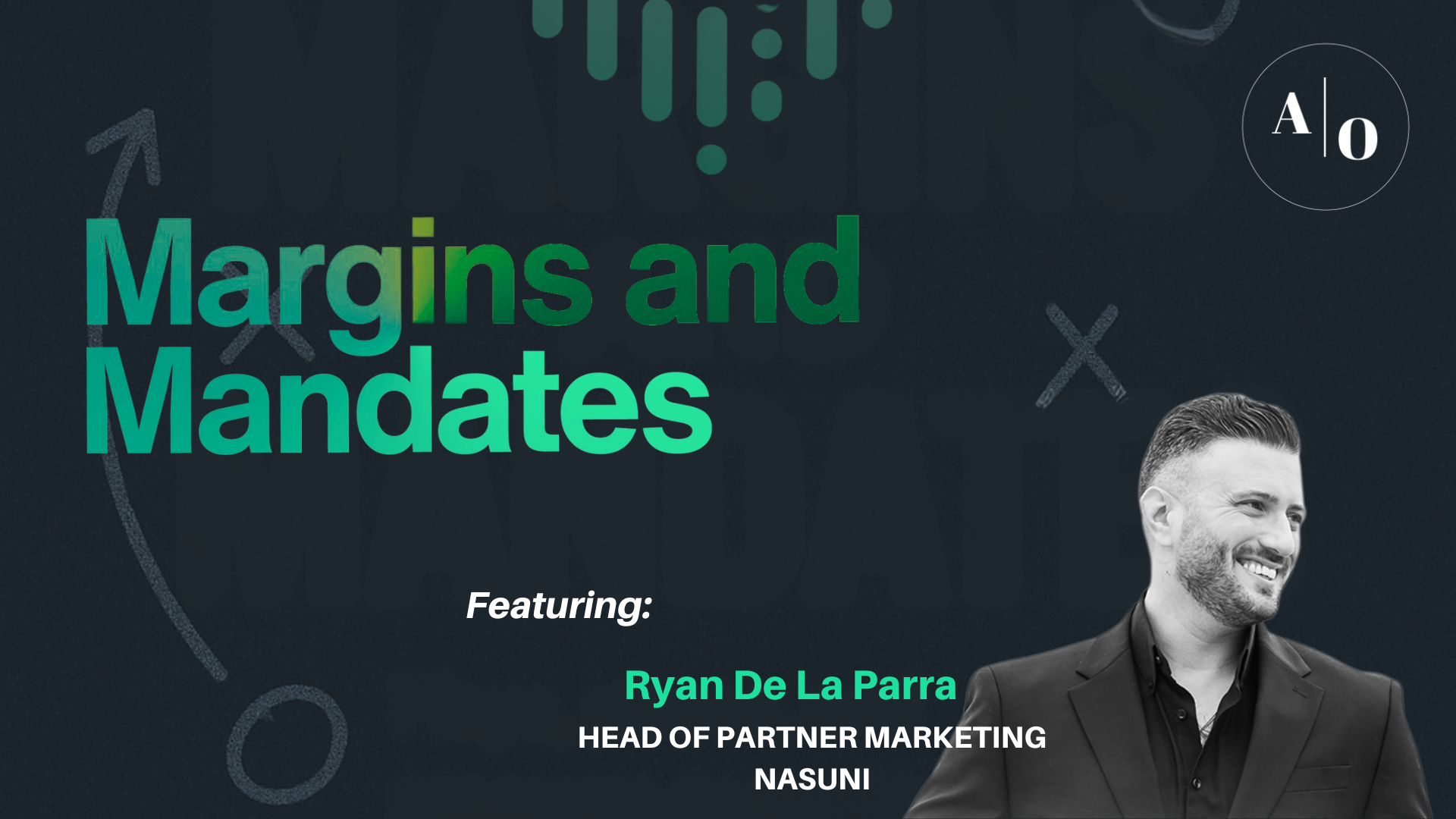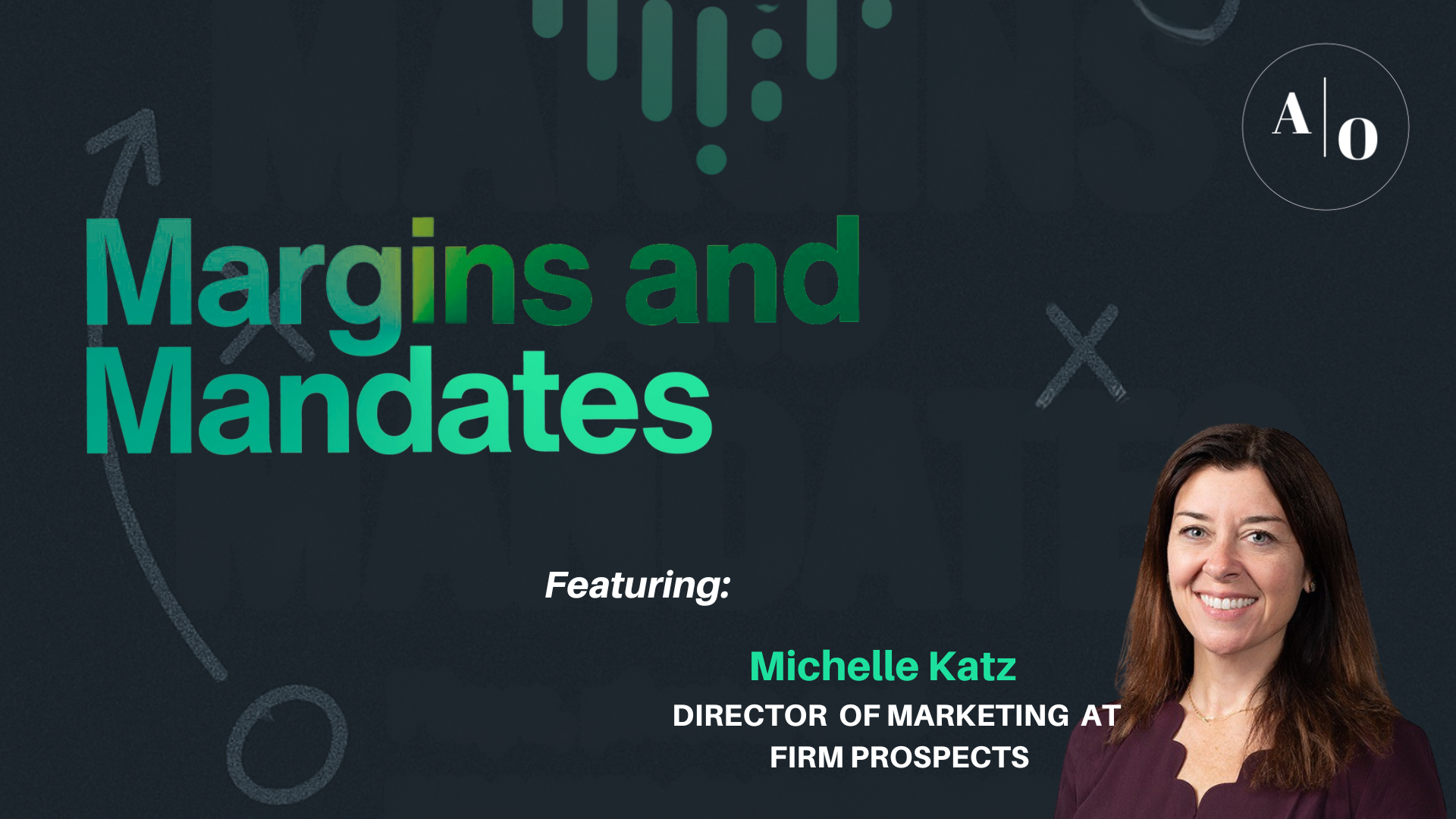Conversational AI is E-A-Ting SEO creating a major disruption in traditional demand generation. Adopt Generative Engine Optimization (GEO) and other strategies to stay ahead.
I’m a little ashamed to admit it, but I had a full-blown conversation with my AI chatbot about a research project I’m working on while sitting in traffic on the way to a meeting. It was a two-way conversation where my chatbot guided me through my questions, suggested new ideas, and identified sources for further research. When I got home, our conversation was logged in our chat history so I could quickly review the new information. I never used a search engine and didn’t click on any links.
Welcome to the new era of search, driven by AI-powered agents like Google’s Search AI, ChatGPT, and Bing Chat. These tools are transforming search from a traffic-driving mechanism into an answer-delivering system. Instead of directing users to your website, AI agents provide instant responses, keeping users within their platforms and changing the way we approach visibility and engagement.
Thanks for reading The Agile Operator! Subscribe for free to receive new posts and support my work.
For B2B marketers, this marks a seismic shift in the demand generation landscape—one that many anticipated, though perhaps not at the pace it’s unfolding. The impact:
- Over 50% of Google searches now end without a click Sparktoro
- AI-driven search features, such as Google’s Search Generative Experience (SGE), push organic results further down the page, leading to a 20% drop in clicks for some businesses. Search Engine Journal
- The average cost-per-click for Google Ads increased by 15% year-over-year in 2023 as competition for ad placements continues to grow. Wordstream
Consider this a wake-up call for businesses that have invested years perfecting their SEO and paid search strategies. If your demand generation tactics don’t adapt, you’ll end up spending more while achieving less.
Search is Evolving, and It’s Impacting Your Metrics
Marketing leaders are under unprecedented pressure to boost return on marketing spend. However, traditional search methods are becoming less effective and, in some cases, may even be holding your organization back. Recognizing these limitations and exploring innovative approaches that drive progress and deliver real impact is essential.
Organic Traffic is Drying Up
Once, being on page one of Google was the key to driving free traffic. Today, AI-powered search results and featured snippets are changing the game, often answering user queries without requiring a click. For example, Rand Fishkin, founder of SparkToro, highlights this shift: “Google’s increasing tendency to keep search traffic on their own pages rather than sending it to websites is reshaping SEO strategies.” A SaaS company that ranked #1 for “Best CRM for Startups” recently reported a 30-40% drop in organic traffic because Google’s AI now provides summarized answers at the top of the page (Search Engine Land).
Paid Ads are Getting More Expensive and Less Effective
As organic visibility declines, businesses pour more money into paid search, competing harder for fewer clicks. The average cost-per-click (CPC) on Google Ads has increased 14% year-over-year, with B2B SaaS seeing some of the steepest jumps WordStream. Ad effectiveness, as measured by Click-through rates (CTR), is dropping—some industries report a 20% decline in CTR due to AI-generated search results taking up prime real estate Search Engine Journal
When organic traffic declines and paid ad costs increase, customer acquisition costs (CAC) can soar. According to a 2023 report by Forrester, many SaaS and eCommerce companies have experienced a 30-50% rise in CAC over the past 18 months. As marketing expert Neil Patel explains, “Higher CAC means businesses must either optimize their funnel or risk losing profitability entirely.” The implications are clear—managing CAC is more critical than ever.
The bottom line? Businesses that fail to adapt will see declining visibility, ballooning marketing costs, and diminishing ROI. The old search strategies no longer work—you need a new playbook.
How to Stay Visible in an AI-First Search World
SEO is no longer the sole focus. The real challenge now is positioning your brand as the one selected by AI-powered search systems. Achieving this requires a strategic shift in how you approach demand generation, aligning your efforts with the evolving dynamics of search technology and user behavior.
Stop Relying on Google—Build Your Own Audience
Relying solely on search engines to drive traffic to your business means placing your success in the hands of an algorithm you can’t control. While optimizing for search is important, it’s critical to adopt strategies that give you direct access to your audience and reduce dependency on platforms you can’t influence.
- Invest in brand-building strategies. Focus on building assets you control, like email lists, exclusive communities, or dedicated media channels. For instance, a B2B software company could launch a weekly newsletter featuring industry insights, product updates, and exclusive feature previews. This not only keeps customers engaged but also allows you to identify and influence potential buyers early in their journey, based on their interest and interaction with your content.
- Diversify your presence. Explore platforms where AI-driven search hasn’t yet taken over, like LinkedIn, YouTube, and podcasts. For instance, a SaaS company could create a video series on YouTube offering tutorials and insights on industry trends, positioning itself as a thought leader while reaching a wide audience. Similarly, guest appearances on niche podcasts can help you connect directly with engaged listeners in your target market.
By building direct relationships with your audience and expanding your reach across multiple platforms, you create a future-proof foundation for your business that doesn’t depend on search engines alone.
Optimize for Generative Engine Optimization (GEO)
Pivoting from ad spend on traditional search to brand building and direct marketing makes sense, but content strategies can also be tuned to AI-driven search results.
Optimizing your content for Generative Experience Optimization (GEO) is essential. GEO focuses on tailoring content for AI-driven search results, ensuring it aligns with how AI systems generate and prioritize responses. Here’s how you can implement GEO:
- Utilize structured data and schema markup: Add structured data formats like FAQ sections and schema markup to your site. These help AI algorithms understand the purpose and context of your content, increasing its visibility in generated responses.
- Prioritize search intent: Instead of focusing solely on keywords, center your content around answering specific user questions or solving problems. AI systems prioritize clear, direct, and valuable content that aligns with user intent.
By implementing GEO strategies, you can ensure your content is optimized for the evolving AI-driven search environment.
Strengthen E-A-T: Expertise, Authoritativeness, Trustworthiness
Another way to strengthen you AI search result is adopting a new approach to content quality. E-A-T stands for Expertise, Authoritativeness, and Trustworthiness—key factors Google uses to evaluate the quality and credibility of content. These principles help ensure that users get accurate, reliable information in search results. Strengthening E-A-T is essential for improving your site’s rankings and visibility in AI-driven search.
Here’s how to implement E-A-T effectively:
- Showcase Expertise: Content should be written by knowledgeable professionals or industry experts. This could include leveraging your executives or team members to create thought leadership pieces that reflect authentic insights and specialized knowledge.
- Build Authoritativeness: Establish credibility by consistently publishing accurate, in-depth content. Use citations from reputable sources, reference authoritative data, and include transparent author bios to reinforce your authority in the field.
- Emphasize Trustworthiness: Make your site trustworthy by being transparent and reliable. Display clear contact information, ensure your site is secure (HTTPS), and include reviews, testimonials, or case studies to build trust with users.
By focusing on these three pillars and investing in high-quality, authoritative content, your business will not only rank higher in search results but also gain better visibility as AI algorithms increasingly favor trusted sources over time.
Optimize Ad Spend for the AI Era
To maximize your marketing ROI and stay competitive, it’s important to adopt smarter, more strategic approaches. Here are a few key tactics to consider:
- Shift budgets away from expensive generic keywords and focus on retargeting, brand-driven campaigns, and high-intent strategies for better returns.
- Leverage alternative platforms like LinkedIn Ads, YouTube Ads, or industry-specific channels to uncover new opportunities.
- Use A/B testing to measure and refine campaign performance, incorporating AI-driven content strategies to stay aligned with changing search trends.
By implementing these strategies, you can optimize your marketing efforts and drive meaningful results in a competitive landscape.
Top Takeaways for Success
To help your business stay ahead in today’s fast-paced and competitive digital landscape, consider these key strategies:
- Leverage AI-driven content strategies to create personalized, relevant, and impactful content.
- Build direct audience relationships to foster trust and loyalty, strengthening long-term connections.
- Prioritize GEO targeting and E-A-T optimization to enhance search visibility and improve organic reach.
- Steer clear of outdated SEO tactics and traditional paid ads, and instead focus on innovative approaches to maximize ROI and reduce unnecessary costs.
And don’t let SEO E-A-T all of your ad spend. Sorry, I couldn’t resist.


